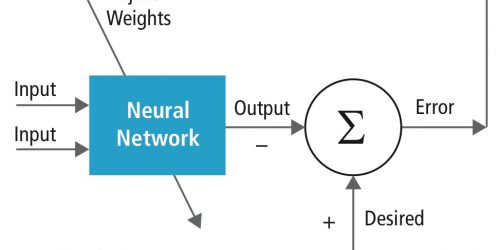“Moving CNNs from Academic Theory to Embedded Reality,” a Presentation from Synopsys
Tom Michiels, System Architect for Embedded Vision Processors at Synopsys, presents the "Moving CNNs from Academic Theory to Embedded Reality" tutorial at the May 2017 Embedded Vision Summit. In this presentation, you will learn to recognize and avoid the pitfalls of moving from an academic CNN/deep learning graph to a commercial embedded vision design. You […]
“Moving CNNs from Academic Theory to Embedded Reality,” a Presentation from Synopsys Read More +


